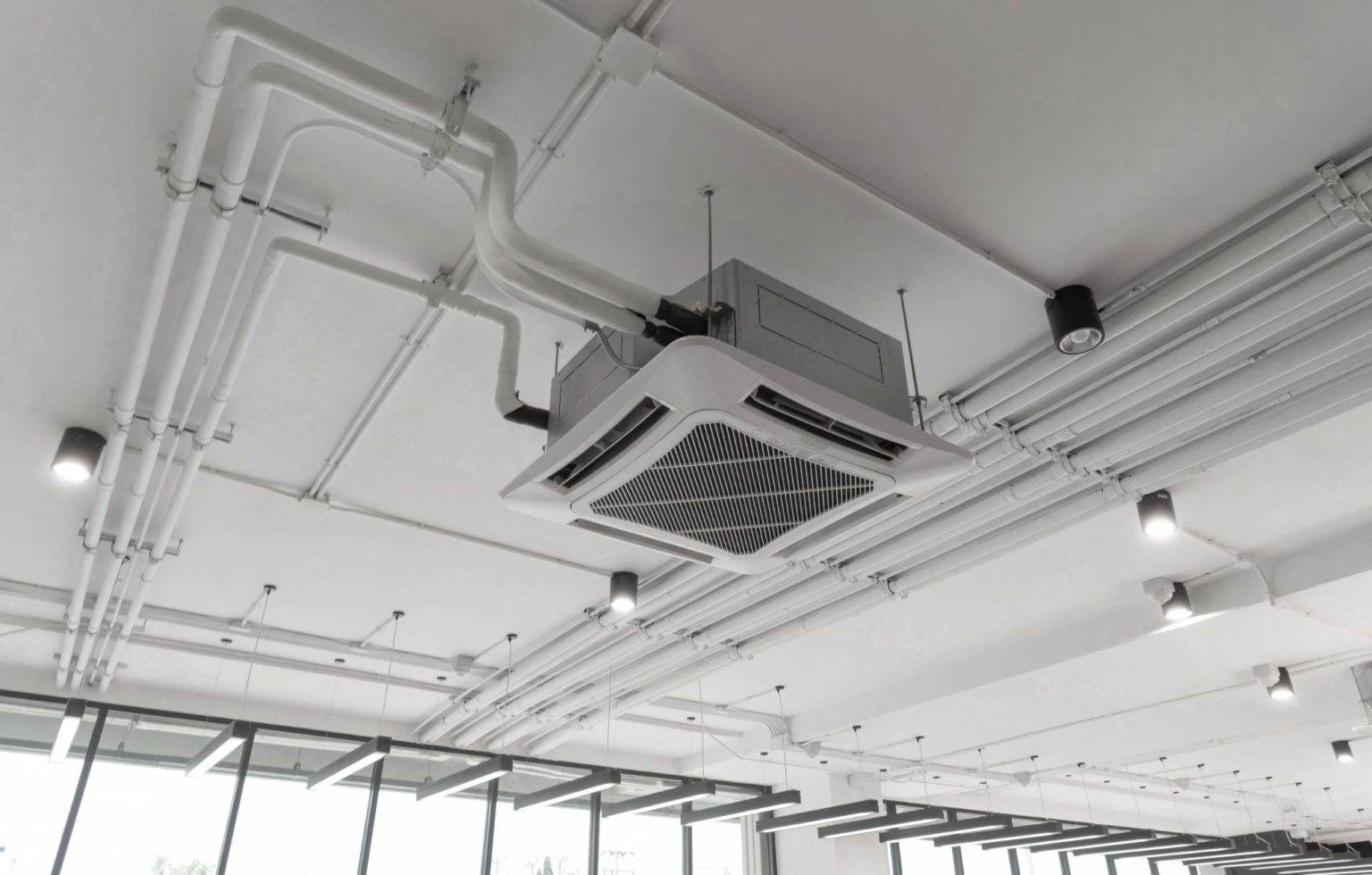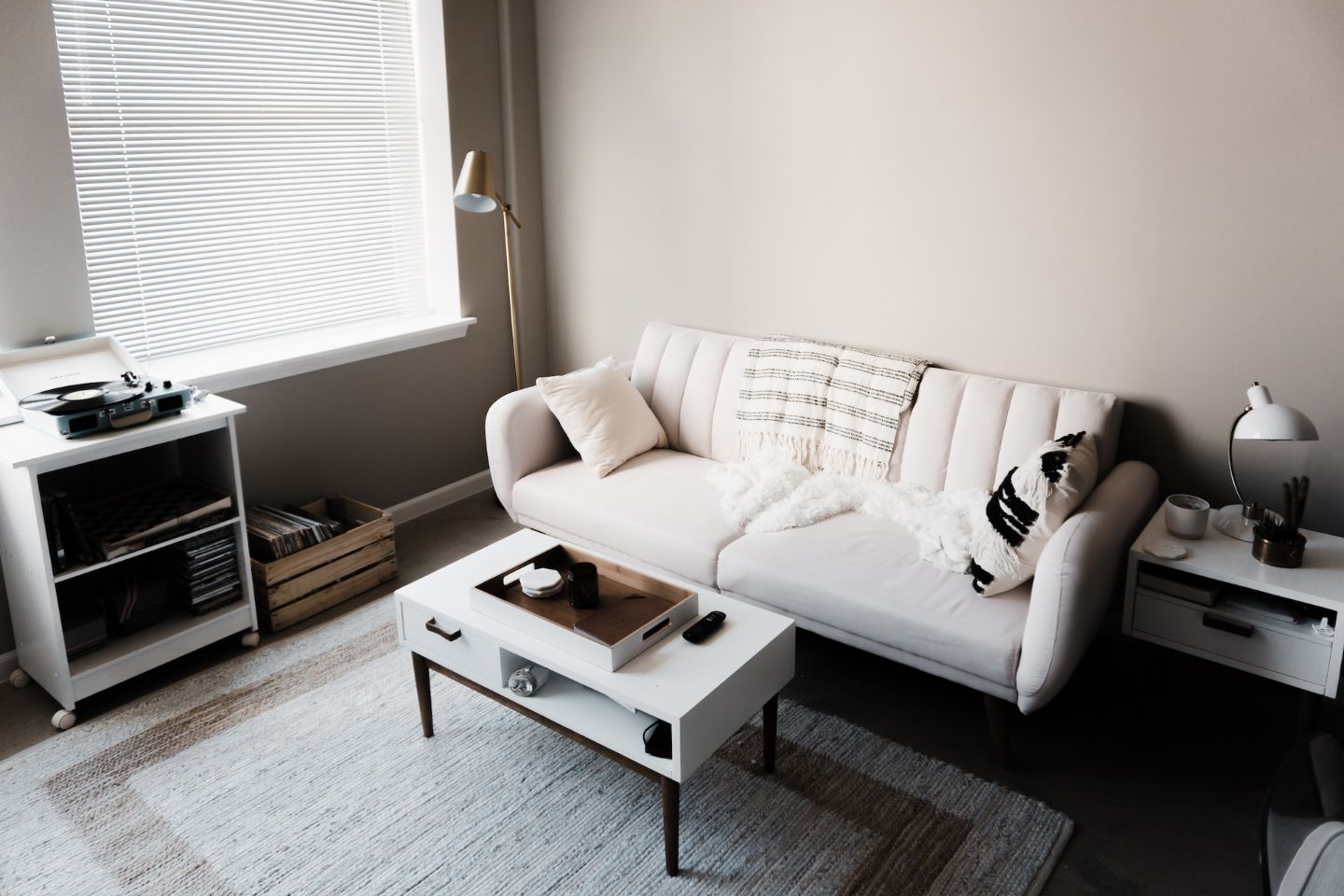Tags – Benefits of HRV Systems
Heat recovery ventilation (HRV) systems are designed to bring fresh air into a building without letting any heat escape.
Unfortunately, air leakage makes it difficult to warm up buildings, and not only does this have an impact on the environment, but an unsealed building costs more money and time.
Positively, a HRV system operates by recovering heat from the air that evaporates from hot water, such as from kitchens, and transfers this heat to the fresh air that is ventilated into the building.
As a result, HRV systems guarantee that the heat generated in a building on a daily basis is not wasted.
Before we dive into the benefits of a HRV system, let’s take a closer look into how they work.
How Do HRV Systems Work?
Modern buildings today are constructed to much higher technological standards than those made a few decades ago, and have much more energy efficiency because of better heat sealing.
Approximately, we spend around 90% of our time inside, so clean air is essential for optimal health.
But unfortunately, many businesses and homes have polluted air; there is a strong link between indoor air quality and health.
As mentioned earlier, the main idea behind HRV systems is to continuously change the air in the building by using recovered heat to warm incoming air.
That said, the extract points are therefore located in wet areas, such as kitchens, bathrooms and utility rooms.
And, the supply points are located in main areas like living rooms, bedroom areas or office floors.
To put it simply, one fan blows stale air out of the building and the other brings fresh air in from outside.
The key here is: the ventilator features a heat exchange core that warms outside air before it enters; it stays fresh and clean without lowering the indoor temperature.
Benefits of HRV Systems
Now you know what a HRV system is, below are the top 4 benefits they bring:
1. Energy Efficiency
HRV systems will reduce your energy requirements and therefore save you money.
Essentially, these systems are designed to operate continuously at a low rate in order to reduce energy consumption, in turn lowering your heating bills.
Simply, energy requirements for heating are reduced as the system reuses heat that would typically be lost through gaps in construction, or from opening windows to circulate air.
2. Clean Fresh Air
Typically, indoor air is around 2 – 5 times more polluted than outdoor air.
And as we spend most of our time inside, indoor air quality has been ranked in the top 5 environmental risks to human health.
With a HRV system, air quality can be improved dramatically, as they continuously supply clean, fresh air into the building day and night.
So, these systems produce air that keeps occupants healthy, removing indoor pollutants and odours, meaning a healthier building to work or live in.
3. Reduces Humidity
If you notice a lot of condensation on your windows, it’s a sign that indicates a HRV system is necessary.
The reason being is that this technology is focused on reducing humidity within the building all year round.
And so, with this system in place, it will help to eliminate condensation that can contribute to mould growth and dampness.
Once installed, as the seasons change you will just need to adjust the humidity control; during warmer weather, humidity control needs to be at a higher setting and as it gets cold, this can be lowered.
4. Compact in Size
When you think of ventilation systems, most people assume these will be big, bulky and just plain ugly.
However, HRV systems are actually very compact in size, which means they can be installed in the basement, attic or in the garage.
In fact, there are some models that can be fitted in a hot-press within the kitchen.
Then, the main control unit can be fitted anywhere in the building to suit your needs.
Final Words
Nowadays, HRV systems operate smartly. They reduce the amount of heat that is extracted during warmer weather, which ensures comfortable levels are maintained.
Or, they can be used to draw more heat from areas where there is warm moisture.
In working buildings, they can also be used to keep employees cool during the summer, and warm during the winter, without having to open windows or use heaters wastefully.
Please get in touch today to find out more.
In the meantime, take a look at our commercial air conditioning solutions here.
You may also like:



